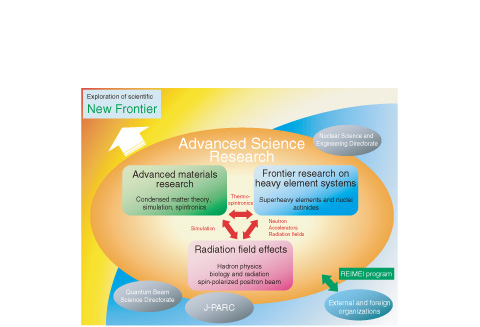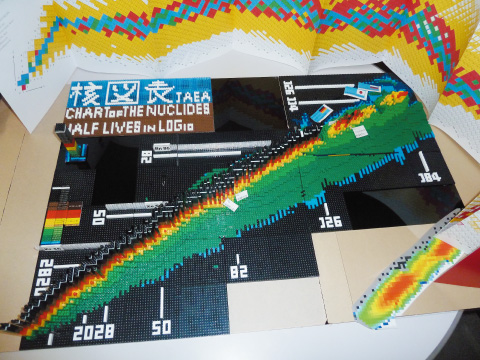
Fig.7-1 Exploration of scientific new frontier in various collaborations

Fig.7-2 3D chart of nuclides
Because we are the sole institute for atomic energy research in Japan, both basic and goal-oriented research are within the scope of our mission. Nuclear engineering is supported by many fields of basic science and technology, and innovations in each research field would contribute to the evolution of nuclear engineering.
The purpose of the Advanced Science Research Center (ASRC) is to promote cutting-edge research on selected topics in basic sciences, which would enable the exploration of new frontiers in nuclear science.
The ASRC Visions for the midterm starting April 2010 are to promote the most advanced basic research, to establish an international center of excellence, and to create new research and technologies. The research projects being pursued can be categorized into three fields: basic research on advanced materials, frontier research on heavy element systems, and basic research on radiation fields.
The research topics in the first research field include the development of molecular spin transport materials and condensed matter theory. Frontier research on nuclear physics, the characterization of superheavy elements, and actinide compounds constitutes the second research field. The third field spans from hadron physics to biology. Collaboration among different research groups in the ASRC and with other directorates is essential to explore the frontiers depicted in Fig.7-1. The research highlights for 2012 are power generation by applied spintronics (Topic 7-1); measurement of the ionization energy of Lr, the 103rd element (Topic 7-2), and the phase transition of URu2Si2 (Topic 7-3); a new mechanism of DNA damage (Topic 7-4); and the development of a spin-polarized positron beam (Topic 7-5). Our research activities also include a Fukushima-related activity (Chapter 1, Topic 1-6).
ASRC members are also involved in outreach activities regarding nuclear science. Fig.7-2 shows a 3D chart of nuclides (the horizontal axes are the numbers of neutrons and protons, and the heights represent the half-lives). It facilitates understanding of the synthesis processes of elements, including the r-process, which produces nuclear fuel elements in supernovae.